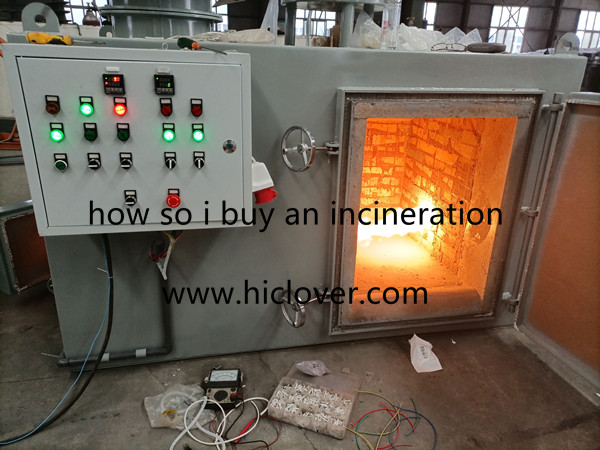In today’s world, the issue of waste management and environmental sustainability is more pressing than ever. With an increasing global population and growing consumerism, the amount of waste generated each year continues to rise. However, there is a new trend that is beginning to gain traction – small-scale waste to energy plants for homes.
Turning trash into treasure is not a new concept, but technology has advanced to the point where it is becoming more feasible and accessible for everyday use. These small-scale waste to energy plants are designed to convert organic waste, such as food scraps and yard waste, into energy that can be used to power homes and even produce heat for hot water.
The rise of small-scale waste to energy plants for homes is a promising development in the quest for sustainability. Not only does it provide a practical solution for managing household waste, but it also reduces the reliance on traditional energy sources and can even save homeowners money on their utility bills in the long run.
One of the main benefits of small-scale waste to energy plants is that they help to minimize the amount of organic waste that ends up in landfills. Organic waste in landfills produces methane, a potent greenhouse gas that contributes to climate change. By diverting this waste from landfills and converting it into energy instead, small-scale waste to energy plants help to reduce the environmental impact of household waste.
Furthermore, these plants provide an opportunity for homeowners to take a more active role in managing their waste and reducing their carbon footprint. By converting their own organic waste into energy, homeowners can contribute to the overall sustainability of their community and lessen their reliance on traditional energy sources.
The technology behind small-scale waste to energy plants is relatively simple and can be adapted for use in homes of all sizes. Systems typically involve a process called anaerobic digestion, in which microorganisms break down organic waste in the absence of oxygen to produce biogas, which can then be used as a renewable energy source.
In addition to producing energy, small-scale waste to energy plants can also yield other beneficial byproducts. For example, the leftover material from the anaerobic digestion process, known as digestate, can be used as a fertilizer for gardens and landscaping, further adding to the sustainability benefits of these systems.
While small-scale waste to energy plants for homes are still relatively new, they have the potential to play a significant role in the future of sustainable waste management. As technology continues to improve and become more affordable, it is likely that these systems will become more widely adopted by homeowners looking to reduce their environmental impact and take control of their energy usage.
In conclusion, the rise of small-scale waste to energy plants for homes represents an exciting development in the quest for sustainability. By converting organic waste into energy and other useful byproducts, these systems offer a practical and feasible solution for managing household waste while also reducing reliance on traditional energy sources. As this technology continues to advance, it has the potential to make a meaningful impact on the way we manage waste and produce energy in our homes.



